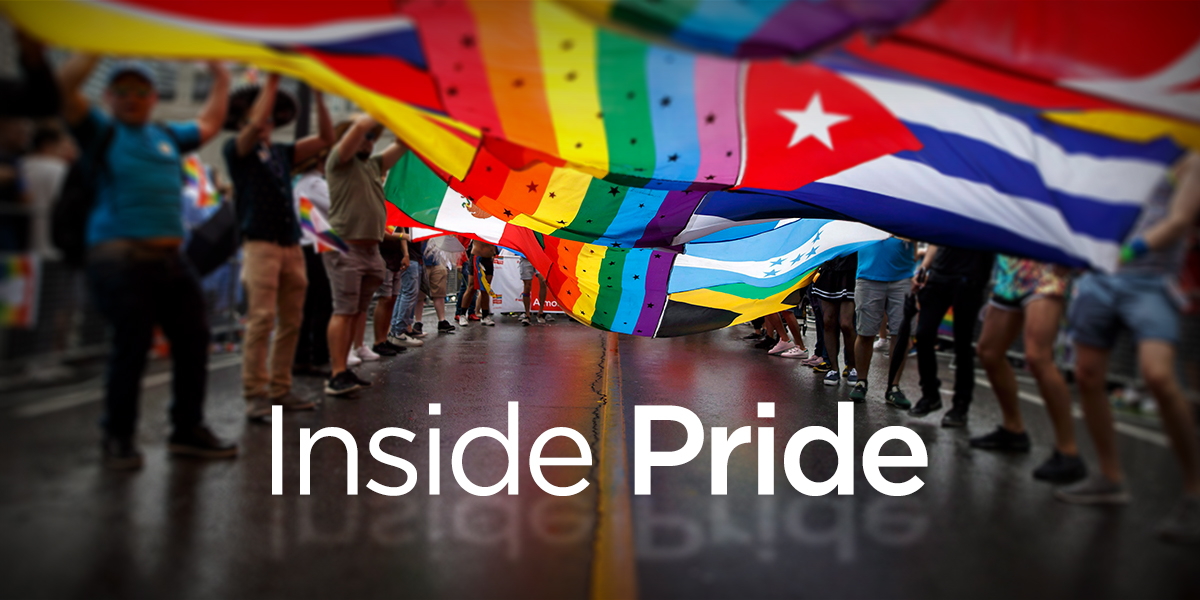Be sure to bookmark this page, and come back as we add our stories throughout the month of June.

June 1 marks the beginning of Pride Month internationally, including in many Canadian communities such as Edmonton, Regina, Saskatoon, Winnipeg and Toronto.
Some Canadian cities celebrate Pride at other times of the year, as is the case for Halifax in July, Fredericton, Vancouver and Montreal in August, and Calgary in September.
While the rainbow flag and the word “Pride” are becoming more commonplace, Global News is looking beyond the term at some of the lesser-known labels.
As part of our new series — Inside Pride — we will take the month of June to explore deeper issues related to the 2SLGBTQQIA+ community and the labels they represent.
We’ll explore the 2SLGBTQQIA+ term, which stands for two-spirit, lesbian, gay, bisexual, trans, queer and questioning, intersex and asexual, and look at the importance of labels and when they can be harmful.
In many of our stories, we’ll explore the various stigmas, myths, misperceptions, erasure and fetishizations that can leave queer people feeling like they don’t have their own community.
We’ll look at some of the perceptions of being gay or lesbian, exploring stereotypes impacting the acceptance of women’s sexuality fluidity.
What is 2 S or Two-Spirit — and how is it different from non-binary? We’ll dive into that lesser-known part of the term.
We’ll also explore how Indigenous cultures saw gender fluidity before European colonial contact in North America.
When you aren’t straight, but you’re not gay either, where do you fit in? And what’s the difference between pansexuality and bisexuality? For that matter, how are bisexual men and women misunderstood not in just society, but within their own LGBTQ community too?
What about people who don’t fit “the mould?” We’ll take a look at disability, in light of queerness in pop culture usually being embodied by a white, cis-gender, able-bodied person.
And what about those of us who don’t feel any desire for sex or non-platonic love? We’ll delve into what it feels like to be asexual and aromantic in a hypersexualized society, feeling left out from the broader 2SLGBTQQIA+ community.
Finally, we will explore the barriers and challenges transgender people in Canada face in accessing basic health care, hormone therapy and gender-affirmation procedures, and how requirements differ across provinces.
For an understanding of the words you will see in this series, here’s a summary of common terms in the 2SLGBTQQIA+ community.




Comments